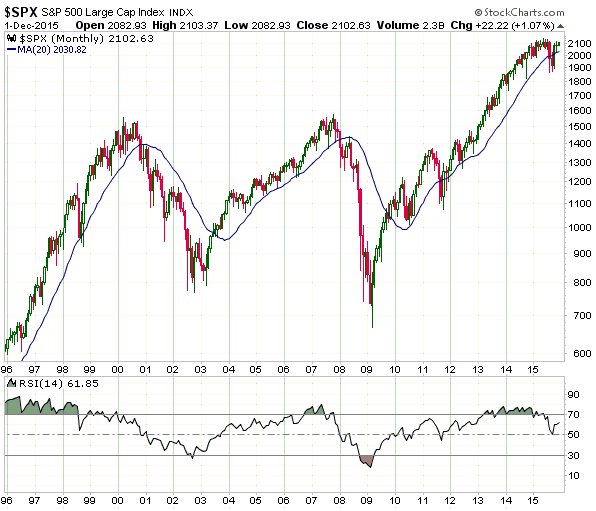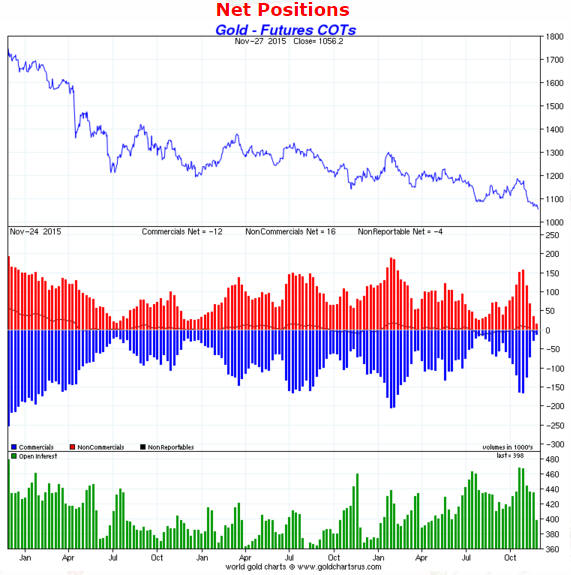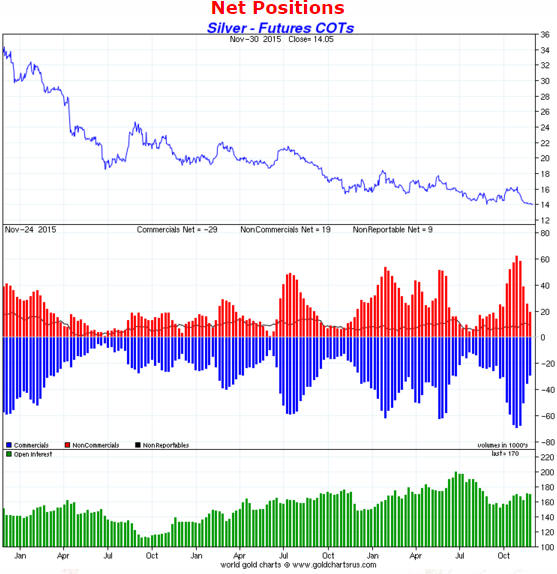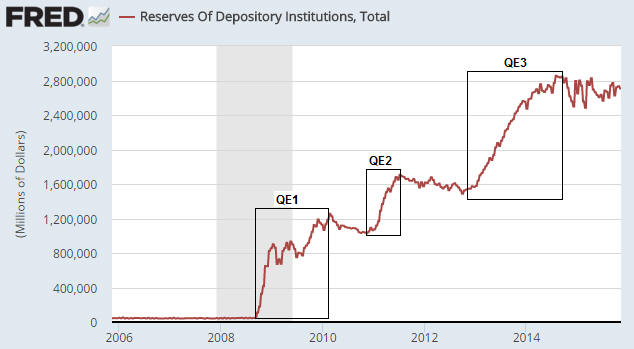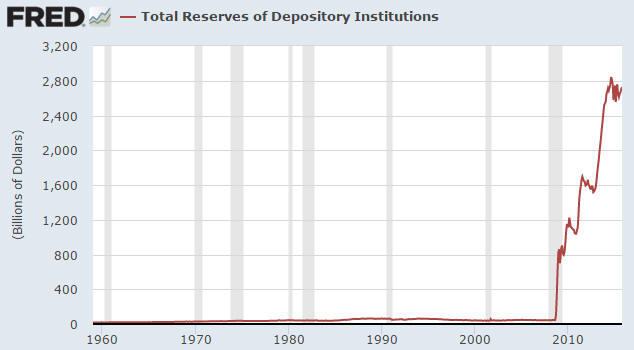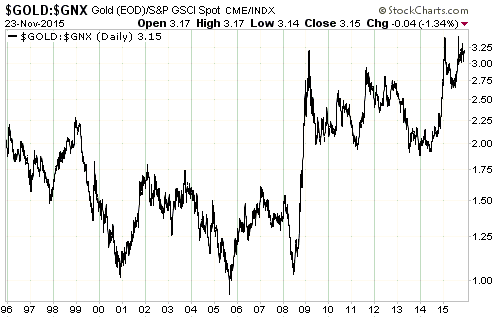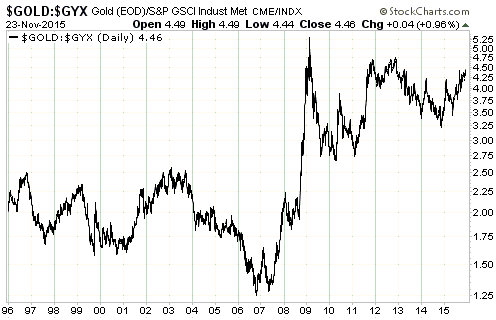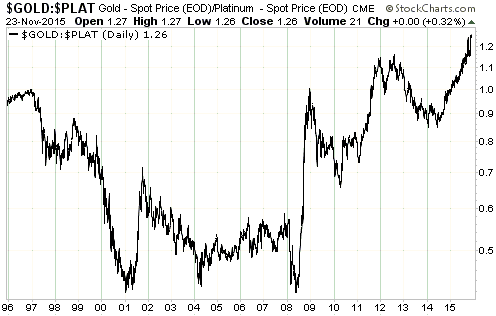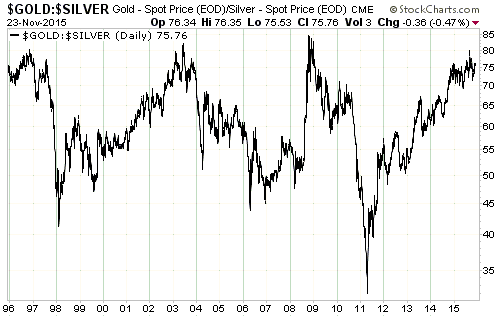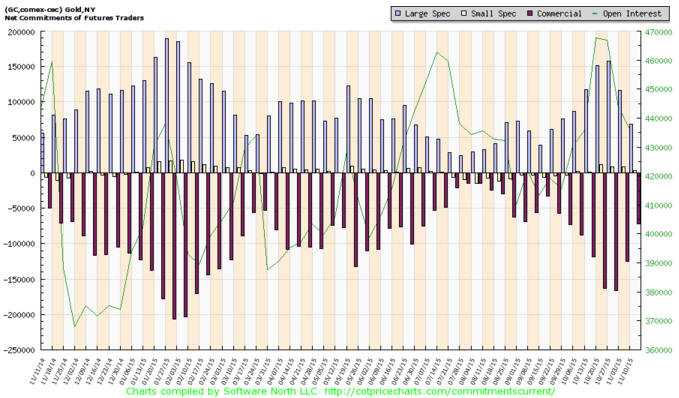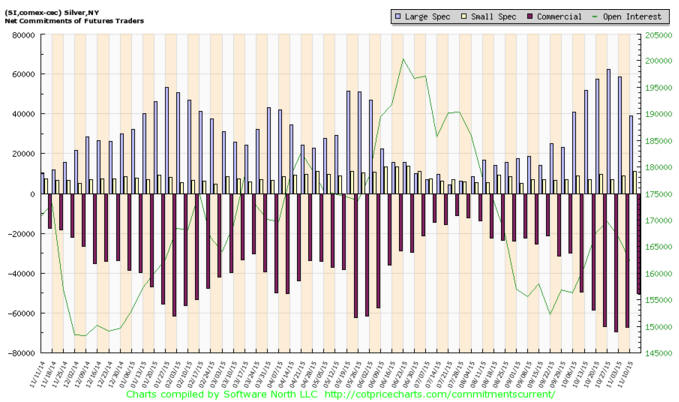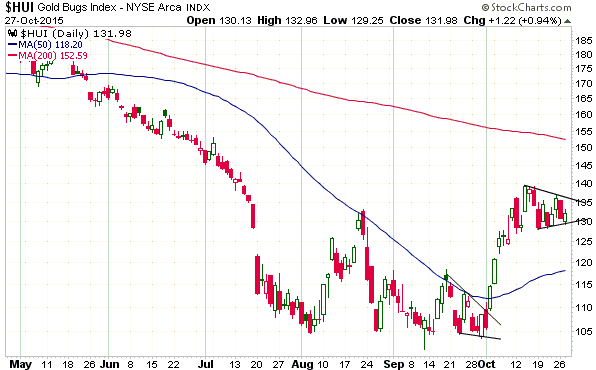If something very strange happens and continues over an extended period, people get accustomed to it and come to view it as normal. That’s especially so when the strange set of circumstances is the result of a policy that, as a result of devotion to a wrong theory or strategy, is widely considered to be a reasonable response to a problem.
A good example is the “Patriot Act”, which was introduced in the wake of the 911 attacks. This act dramatically increased the legal ability of the US government to violate individual property rights in the name of greater security and was widely viewed as extraordinary when it was first proposed, but in 2011 there was barely a mention in the mainstream media when President Obama signed a 4-year extension for some of the most controversial parts of the act. With some modifications forced upon the government by the revelations of Edward Snowden, another 4-year extension was approved with minimal public protest in 2015 under the Orwellian name “USA Freedom Act”. My point is, whereas 20 years ago most people would have been horrified by the provisions of the Patriot Act, today most people couldn’t care less. Today, the powers granted by the Patriot Act are generally accepted as normal.
Another good example is the downward drift into negative territory of government bond yields in Europe. As recently as two years ago it was believed by almost everyone that zero was the lower bound for a bond’s nominal yield. At that time, the idea that nominal bond yields would fall to zero was almost unthinkable, and anyone who predicted that a sizable percentage of the bonds issued by European governments would soon trade at negative nominal yields would have been perceived as a lunatic. Today, however, about one-third of the euro-zone’s sovereign debt is trading with a negative yield-to-maturity and people are becoming accustomed to this new reality. Also, the ECB just reduced its official deposit rate from negative 0.20% to negative 0.30%, which only surprised the financial markets because most traders were expecting it to be pushed even further into negative territory.
A point that deserves to be emphasised is that even though the financial world is becoming inured to the situation, it is completely absurd for interest rates and nominal bond yields to be negative. The reason is that regardless of whether the economy is experiencing inflation or deflation, having money in the present should always be worth more than having a promise to pay the same quantity of money in the future. To put it another way, it should never make sense for people throughout the economy to choose to incur a cost for temporarily relinquishing ownership of money.
But obviously it does make sense, because it’s happening! The question is why.
A number of factors had to come together to make negative interest rates possible, including persistently-low inflation expectations in the face of rapid monetary inflation. However, the overarching cause is unswerving devotion to bad economic theory. Persistently-low inflation expectations only enabled the application of bad theory to be taken to a far greater extreme than it had ever been taken before.
The bad theory is that the economy can be made stronger by artificially lowering the rate of interest. If you have the power to manipulate interest rates and you are totally committed to this theory, then a failure of the economy to strengthen following a lowering of the interest rate will cause you to bring about a further interest-rate decline. As long as you remain steadfast in your belief that a lower interest rate should help and as long as rising inflation expectations don’t get in the way, continuing economic weakness will lead you further and further down the interest-rate suppression path.
The Fed currently looks less radical than the ECB, because, while the ECB has pushed its targeted interest rate into negative territory and shows no sign of changing course, the Fed is probably about to take a small step into positive territory with its own targeted interest rate. However, the senior members of the Fed and the ECB are guided by the same bad theories, so it is certainly possible that the next time the US economy slides into recession the US will end up with a negative Fed Funds Rate. In fact, if the US economy slides into recession in 2016 then a negative Fed Funds Rate will become a good bet.
In conclusion, today’s negative interest rate situation would have been viewed as nonsensical as recently as a few years ago and will be viewed as nonsensical by the historians who write about the 2010s in decades to come. However, the financial world is not only becoming accustomed to this absurd situation, it is now common to view negative interest rates as appropriate.
 Print This Post
Print This Post

